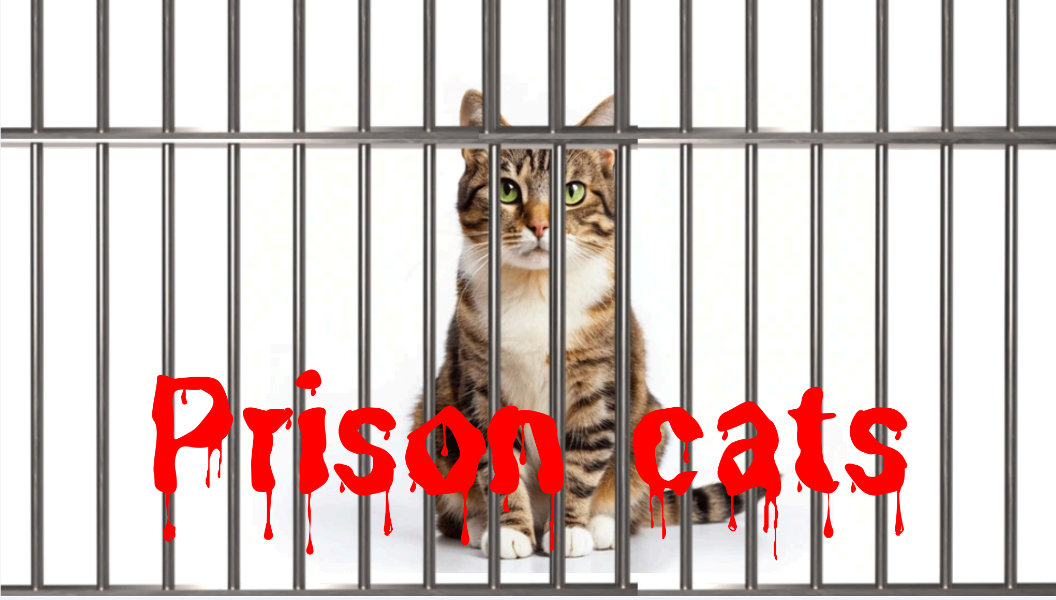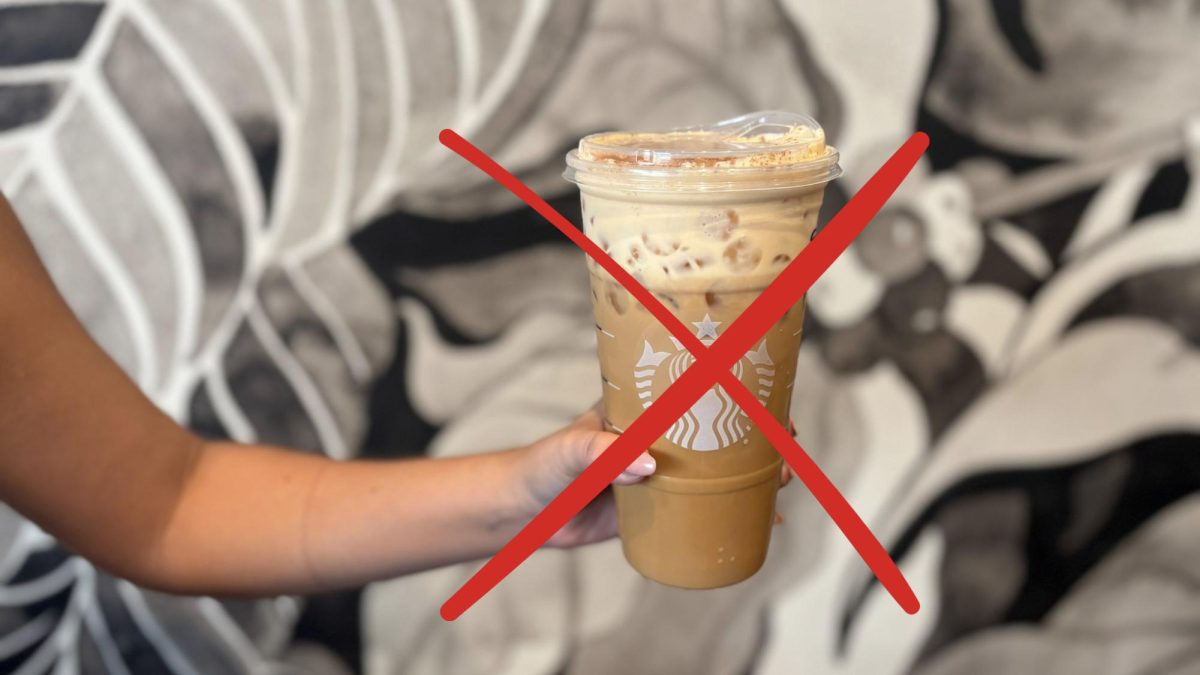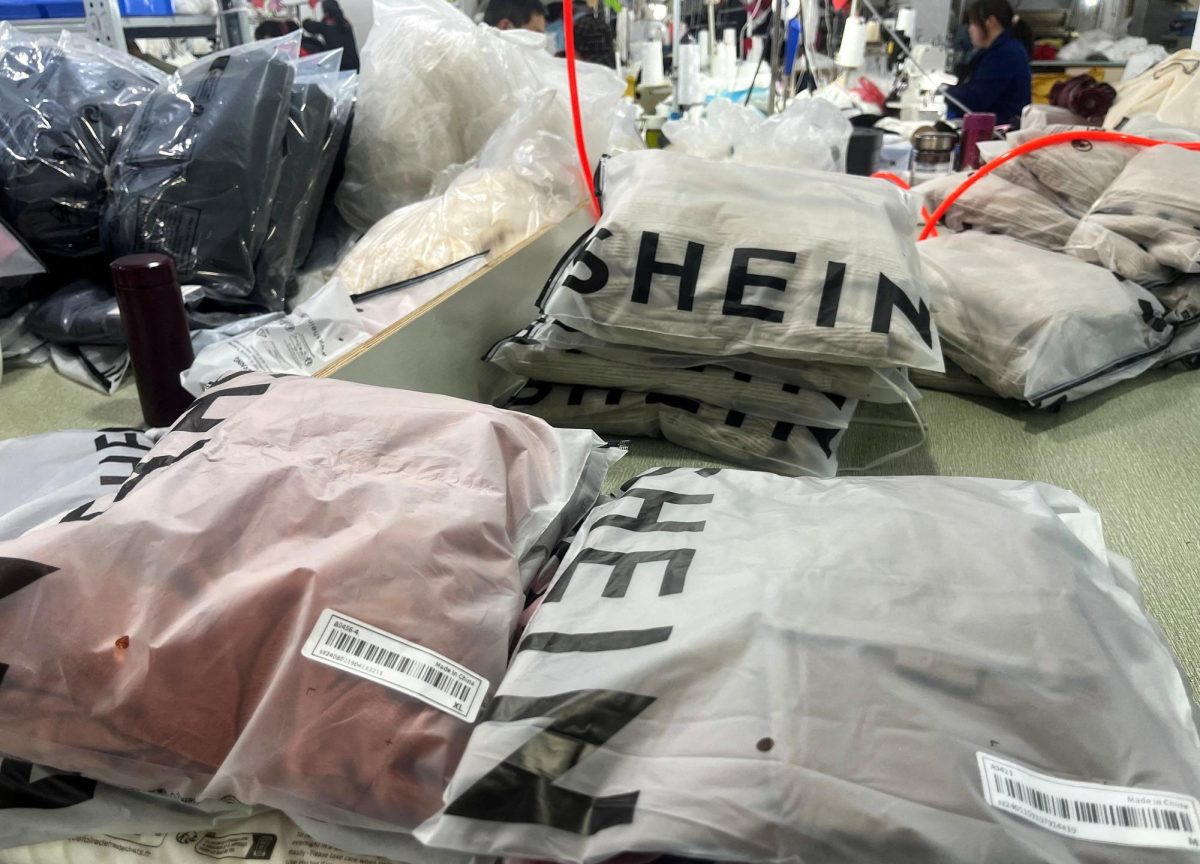Cats are beloved pets, but in American prisons around the nation, cats are serving time with the inmates. And while this sounds like the summary for a comedy movie, using pets in prisons is method for attempting to assist with prison rehabilitation and overcrowding. In a country where jails are constantly overcrowded, with 37% of prisons experiencing overcrowding, according to the Federal Bureau of Prisons, the race to find new ways to rehabilitate inmantes and keep people out of prisons rises.
Background
Prison pets are nothing new. A newspaper clipping was found from 1935 which showed a beloved prison cat named Rusty, who found residence in the Folsom State Prison. However, at the time, Rusty wasn’t a rehabilitation cat. Instead, he was a rat! Rusty was known for finding prisoners making food in their cells, which at the time was illegal, and ratting them out. Rusty eventually passed away in 1938 after sixteen years of service.
Also in that same article, they describe Rusty’s offspring, Blue, and Blue’s peculiar friend, Chirps, a finch. Blue and Chirps were inseparable. A man who was sentenced to life cared for these two animals. And while animals residing within prison walls isn’t new, their use as rehabilitative companions is.
The first official testing about the correlation between helping animals and prisoner improvement began in Lima, Ohio in 1975, in a place formally known as the Lima State Hospital for the Criminally Insane after a group of patients started to foster a small hurt bird. In helping the bird, staff noticed the patients’ change in behavior, and as such made a study in which they tested the possible effectiveness of therapy in prisoners.
In the year that the study took place between two identical wards, wards being a division separate from the main building, the one with the use of animal therapy had no recorded suicides, while the control group had 8 attempted suicides. The animal group also needed less medication and was less violent.
This started of considering animals for rehabilitation purposes, which was a relatively new phenomenon within the field of psychology.
Modern Day
In the modern day, prisons work with shelters to help socialize the cats. The shelter cats are typically fostered in the prison which provides them with socialization, making them friendlier and therefore more adoptable. On top of this, occasionally if an inmate and a cat bond, then when the prisoner is released, some programs allow for the inmate to adopt the cat.
Crieg Bigler, a former inmate at Larch Correctional Facility, appeared on the first episode of Sheba’s “Cat’s Rule the World” docu-series. He was one of the men allowed to adopt his feline friend Galileo home. Bigler said about the process, “For once in my life I asked for something instead of taking it.”
Bigler said that he related to the scared feeling that stray cats feel.
“You come in, you’re dingy, you’re dirty,” Bigler said.
The purpose of including cats is to increase empathy and understanding of responsibility. In a 2006 national survey of prison-based animal programs, 100% of inmates reported more happiness.
“If we can get them to care about something,” said Jay C. Miller, correctional program manager for Larch Correctional Facility, who also appeared on “Cats Rule the World, “maybe by the time they get out, they realize exactly what they put other people through.”
In addition, cats in prisons also decreases the likelihood of prisoners returning to prison. According to a study, prisons that had Prison-based Animal Programs (PAPs) saw a correlation between bed availability and implementation of a PAP. PAP prisons had significantly more beds available, which was attributed to the program. With prisons overfilled, prisoners can’t get the care they need and they can’t rehabilitate effectively.
Although other PAPs with dogs are more popular due to their use in becoming service or police dogs, cats were also included in this study.
Cats might be chosen because of their small size and ease of care. A cat’s food and litter box can be placed in the same room, and toys can be placed easily in a box. If put in the program, prisoners will be expected to take care of the cat and monitor its health. In South Carolina, Allendale Correctional Institute expects prisoners to maintain their cat’s health, and they teach the prisoners about basic veterinary skills.
In general, most programs take the cats in regular check-ups, either once or twice a year, more than most people take in their cats.
“We’re not just saving four-legged lives, we’re saving two-legged lives,” said an official at the Allendale Correctional Institute in an episode from “My cat from Hell”.








